Sections and Units
Sections
Dating Center
The aim of the Dating Centre is to establish a chronological framework for different problems of prehistoric, historical, and paleontological interest or related to objects of cultural heritage. To achieve this objective, the Dating Centre proposes the study of the problem as a whole through all the evidence that may be associated with it, whether it is an archaeological site, the distribution of activity throughout a territory, the persistence of a type of species or the relationship between a set of artistic objects.
The Dating Center has experience in the development and application of dating methods based on radioactive isotopes. It also has the necessary equipment to carry out these determinations. In any case, the studies it develops are not restricted to this type of analysis but, its location and experience in the field of chemical analysis, allow it to implement this global approach with the selection and execution of any other determination necessary to obtain the information required by each study proposed.
The Dating Center is coordinated by José F. García (Department of Chemical Engineering and Analytical Chemistry, Analytical Chemistry Section).
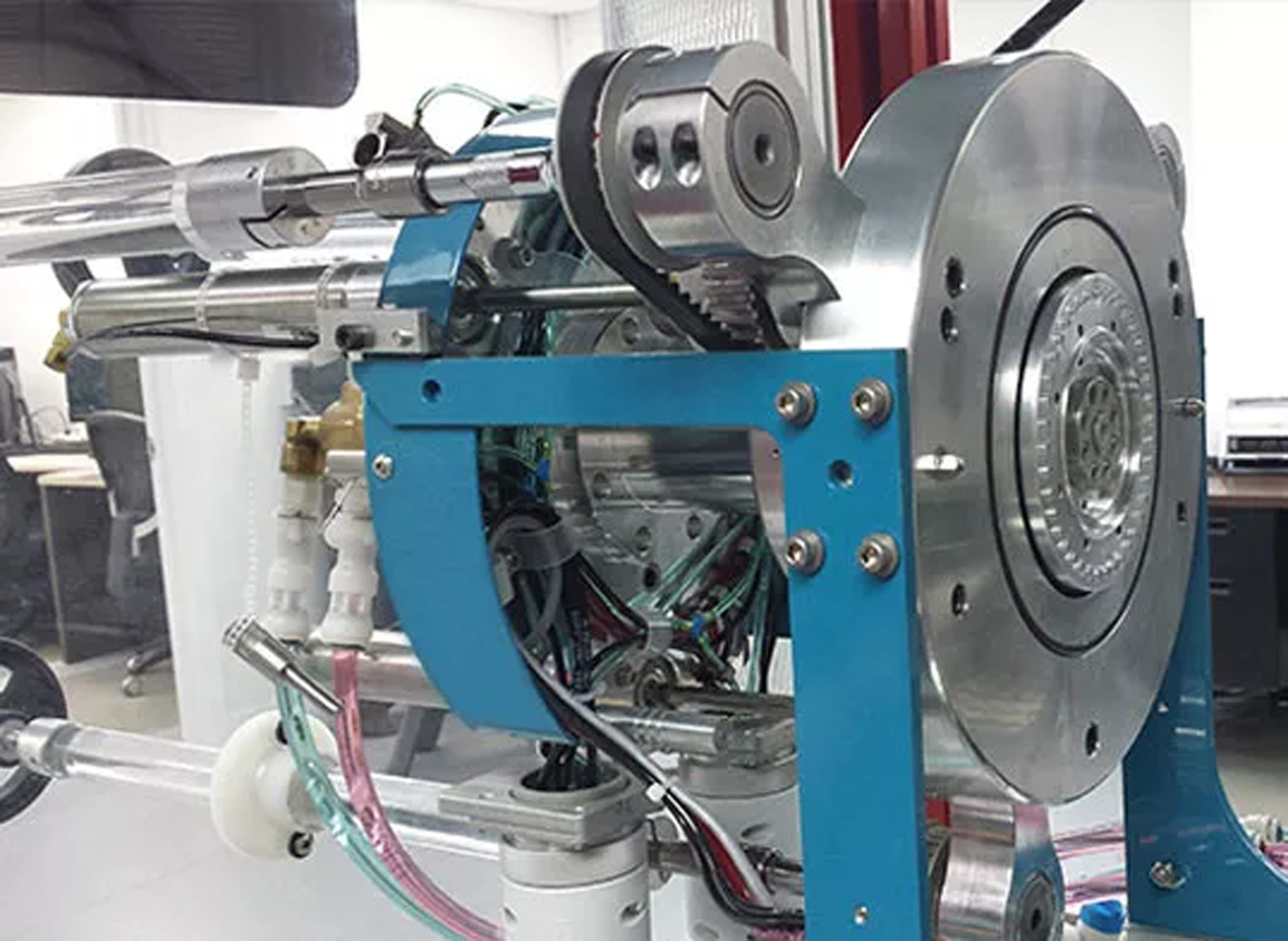
Units
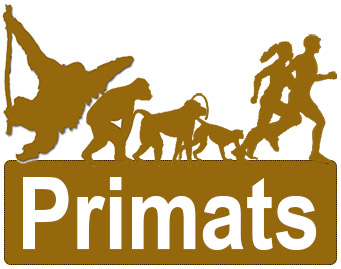
Anatomia Evolutiva i Patològica dels Humans i altres Primats
This research and innovation group was recognized for the first time as a quality research group by the Generalitat de Catalunya in 1997 (SGR0318) and continues to present under the names “Grup d’estudi de l’evolució dels homínids i altres primats” (1997-2014), “Biologia evolutiva dels humans i altres primats” (2015-2021) i, actualment com a grup d’estudi sobre “Anatomia evolutiva i patologia dels humans i altres primats” (2021-SGR-00244 – AEPPRI).
The AEPRI group concentrates on human evolution, anatomical adaptations, dental anatomy and evolution, human and primate skeletal anatomy, dental pathology, functional anatomy and pathology of the skeleton, and human and primate anatomical variability.
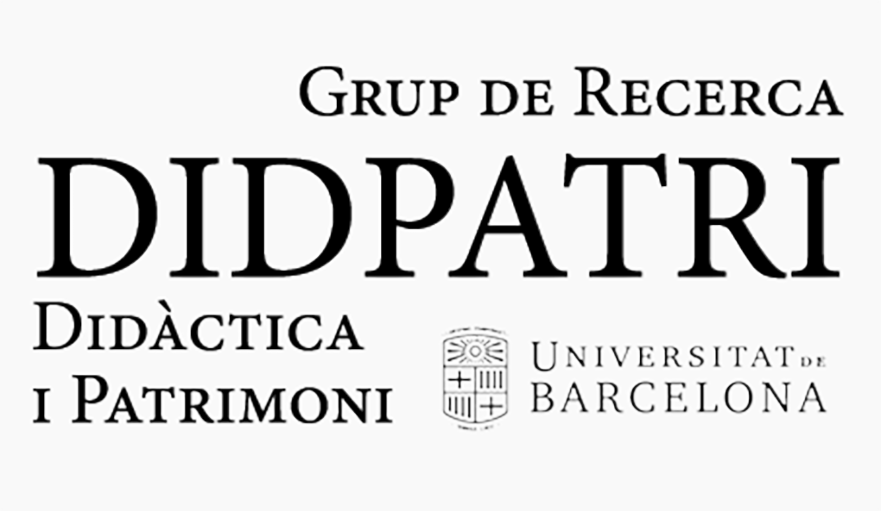
Didàctica del Patrimoni (DIDPATRI)
The research and innovation group «Didactics of Heritage, Comprehensive Museography and New Technologies» (DIDPATRI) was recognized by the University of Barcelona (UB-3337 and UB-003930) in 2000. In 2005 he joined the area of quality groups of the Generalitat de Catalunya (SGR 0’621); revalidated in 2009 (SGR 00245).
The group has developed research and innovation activities intending to establish knowledge transfer currents with start-ups in the cultural industries and administrations.
The didactics of heritage and didactic museography are the priority research objects of the group since its inception, although research on the didactics of social sciences in the framework of formal and non-formal education have also been part of the sphere of interests, as well as new technologies and methods applied to research in history.

Equip de Recerca Arqueològica i Arqueomètrica de la Universitat de Barcelona (ERAAUB)
The Archaeological and Archaeometric Research Team of the University of Barcelona (ERAAUB) was born from the need to adapt archaeological research to the development of archaeometry, starting within the framework of the Departmental Research Line Physical, chemical and mineralogical characterisation of archaeological ceramics, established in 1985. His successive works and research projects led to his official recognition, in September 1992, as a research team by the University of Barcelona. ERAAUB has also been recognized as a Quality Research Group by the Generalitat de Catalunya since 1995, being today a Consolidated Quality Research Group.
ERAAUB concentrates on archaeology and archaeometry of the Roman and Late Antique period; Roman and Late Antique material culture; Archaeology of Central Asia; Paleoenvironmental reconstructions; Archaeology of the Americas. We have a main focus on the application of experimental sciences into Archaeology and Field Archaeology with intensive fieldwork, including excavations, field and geophysical surveys, and ethnoarchaeological work in several sites and regions.
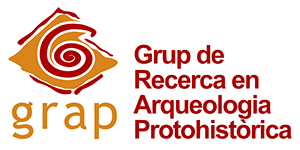
Grup de Recerca en Arqueologia Protohistòrica (GRAP)
GRAP’s activity began with archaeological interventions at the sites of La Moleta del Remei (Alcanar, Tarragona), Alto de la Cruz (Cortes, Navarra) and Puig de Sant Andreu (Ullastret, Girona) from the late 1980s onwards. His studies focused on the analysis of the transition process between the Late Bronze and the First Iron Age in the northeast of the peninsula, the impact of Mediterranean trade, and the development of organizational structures and territorial control throughout the ancient Iberian Peninsula. This research continued to this day with interventions at the sites of La Ferradura (Ulldecona), La Cogula (Alcanar) and, especially, Sant Jaume-Mas d’en Serrà (Alcanar).
From the year 2000 a strong and consolidated line of research was started focused on the study of the historiography of archaeology in Catalonia and Spain. From 2008 onwards, this line of research was expanded to supply the study of the protection and plundering of Spain’s historical, artistic and archaeological heritage and, by extension, of the archaeological heritage in times of war. Since 2012, research in the history of archaeology has been promoted with a second core of work focused on the analysis of the international relations of Spanish researchers, and a new one has been opened focused on the study of prehistoric rock art on the Mediterranean side, as well as another line of work on rock art with special importance in archaeoacoustic analyses, in relation to both prehistoric music and landscape acoustics. In 2014, a final line of work linked to museology and didactics applied to the field of archaeology began, culminating in the project of the permanent museum collection of the village of Alto de la Cruz (Cortes).
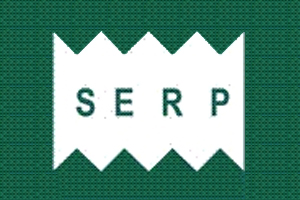
Seminari d’Estudis i Recerques Prehistòriques (SERP)
The SERP is a research group in the field of Prehistory linked to the Chair of Prehistory of the Section of Prehistory and Archaeology that was founded in 1986 and since then focuses its work on paleoenvironmental reconstruction and the study of cultural evolution in Prehistory based on the premise of interdisciplinarity.

Grup de Recerca d’Arqueologia Medieval i Postmedieval (GRAMPMED-UB)
Medieval and Postmedieval Research Group of the University of Barcelona (GRAMP-Med) is formed by an interdisciplinary team of different members from national and international institutions and is enrolled in the Department of History an Archeology, area of Medieval History, Modern History, Paleography and Diplomatics at the University of Barcelona.
The successive works and research projects have led to their official recognition in 1995 as a Quality Research Group by the Generalitat de Catalunya, being currently a Consolidated Research Group.
GRAMP-Med objectives are focused on studying and developing archaeological history in the medieval and post-medieval periods, from a clear desire for a transversal approach to knowledge. Since the beginning, we have made an effort to incorporate new multidisciplinary elements to improve historical archaeology and we currently have a ground-breaking research team in Spain.
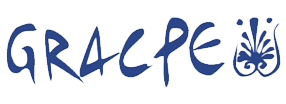
Grup de Recerca sobre l’Arqueologia de la Complexitat i els processos d’Evolució social (GRACPE)
GRACPE focuses its studies on the formation of complex societies and the paths that follow their development, trying to explain their different trajectories. His research is framed in three lines of research the protohistoric archaeology of the central-Western Mediterranean, classical archaeology and ancient Egypt as well as several transversal lines of conflict archaeology, archaeology, archaeometry and digitization of cultural movable property.